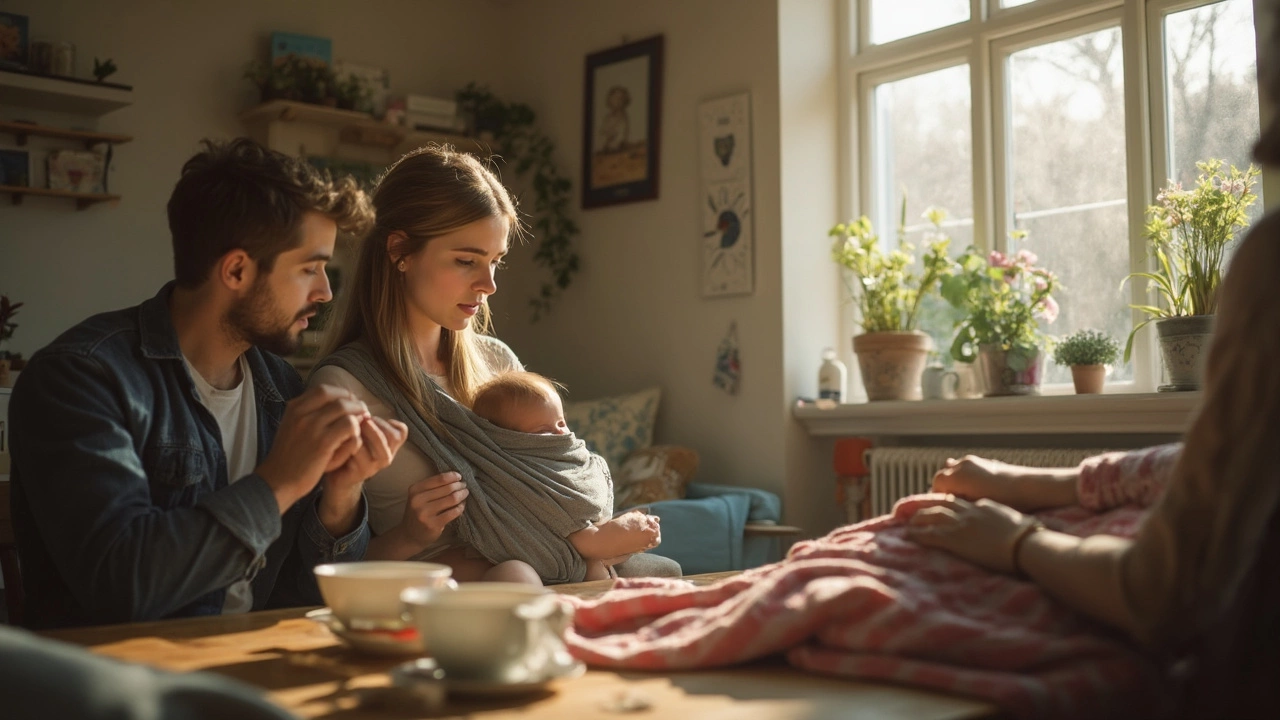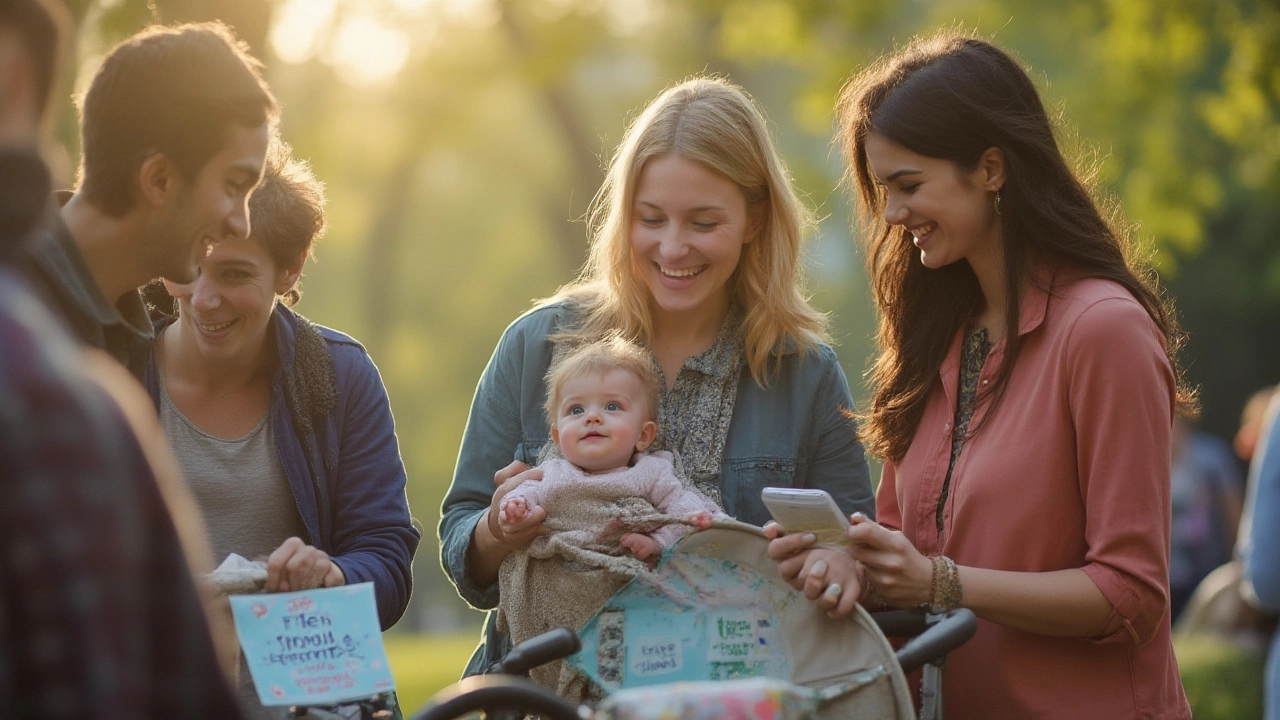Does a 3 Year Old Need a Baby Monitor? Smart Choices for Peace of Mind

Thinking about whether your three-year-old still needs a baby monitor can be a real head-scratcher. You finally got past sleepless newborn nights, but now your little one is an independent toddler with opinions, extra energy, and maybe the urge to climb out of bed in the dark. So, what’s the deal—is that monitor overkill or pure genius?
Three-year-olds definitely aren’t babies anymore, but that doesn’t mean all risks suddenly disappear. Some kids get up at night to use the bathroom, call out for parents, or just wander. In fact, accidental falls out of bed and nighttime roaming are surprisingly common at this age. A monitor let’s you catch sneaky middle-of-the-night adventures before they turn into trouble.
If you have a light sleeper—or maybe your child struggles with night terrors, asthma, or special needs—a monitor can give you quick peace of mind and help you respond fast if something sounds off. On the other hand, if your child sleeps soundly and you live in a small apartment, always hearing every toss and turn might keep you more anxious than relaxed. It’s really about what works best for your family and setup.
- Why Parents Use Baby Monitors Beyond Infancy
- Safety and Sleep: Real Concerns at Age Three
- Signs It’s Time to Ditch the Monitor
- How to Transition Away (But Keep Peace of Mind)
Why Parents Use Baby Monitors Beyond Infancy
Once babies start walking and talking, you might think it’s time to stash the monitor away. But a lot of parents actually keep using them for toddlers, and not just out of habit. There are some practical reasons why a baby monitor stays plugged in after the crib stage is over.
Toddlers are busy explorers, even at night. According to Safe Kids Worldwide, falls are among the top causes of unintentional injuries for kids ages 1 to 4. Kids might wander out of bed and get into things, especially if you’re a sound sleeper or live in a two-story house. Monitors help you catch those moments before something goes wrong.
Parents also use monitors to check for:
- Nighttime potty trips (great if your child just started toilet training)
- Sleepwalking or climbing out of bed
- Nightmares or night terrors (which peak between ages 3 and 6)
- Medical reasons like asthma, seizures, or other conditions that need quick attention
- Simple peace of mind—some parents just want to know if their kid’s calling for them without running down the hall
Monitors with video—or even movement and sound alerts—make it easier to spot problems from another room. Some parents like two-way audio, so you can reassure a scared toddler quickly without popping in and waking them up fully.
Here's a quick look at what concerns parents most at this stage:
| Concern | Percentage of Parents Worried |
|---|---|
| Night Wandering/Falls | 56% |
| Potty Training Accidents | 42% |
| Nightmares/Terrors | 38% |
| Medical Emergencies | 21% |
So, keeping the monitor isn’t just about hovering—it’s about making sure your little night owl is safe, and that you can actually relax a bit when they’re out of sight.
Safety and Sleep: Real Concerns at Age Three
Three-year-olds might look sturdy by now, but they’re still known for getting into trouble, especially at night. This stage is famous for kids learning to climb, open doors, and leave their beds. According to the CDC, fall injuries are the leading cause of nonfatal emergency room visits in kids under five. Your toddler isn’t just dreaming—they might be waking up and wandering around.
Some families use a baby monitor because their kids have health issues, get scared at night, or just call out for comfort. Monitors let you know if your child is coughing, calling for help, or sleepwalking (which starts to pop up around age three or four). If you live in a bigger house, you might not always hear them otherwise.
"Nighttime monitoring can help parents feel more confident about their child's safety, especially if the child is prone to sleep disruptions or medical concerns," says Dr. Emily Burch, pediatric sleep specialist at SleepWell Kids Clinic.
Curious how common these concerns are? Check out some real numbers below:
| Risk/Concern | Frequency in 3-Year-Olds |
|---|---|
| Falling out of bed | Up to 33% of preschoolers |
| Night terrors | About 15% of young kids |
| Sleepwalking | Begins in kids as young as 3 |
| Asthma-related disturbances | 8% of children under 5 |
If your child is still in a crib or toddler bed, or has special needs, a monitor can be an extra set of eyes and ears when you can’t be everywhere at once. Even healthy kids sometimes need help at night, whether it’s to find the bathroom or soothe a nightmare. If sleep safety is on your mind, you’re not being overprotective—you’re just keeping pace with your curious toddler.

Signs It’s Time to Ditch the Monitor
So, how do you know when your three-year-old is ready for life without a monitor? Honestly, there isn’t a magic number, but some clear signs make it easier to decide. The most important thing is paying attention to both your child’s habits and your own comfort level as a parent.
- Your toddler consistently sleeps through the night without waking or calling out.
- They get out of bed safely, use the bathroom on their own, and don’t seem to wander unsupervised.
- You hear your child just fine from the other room (especially if your home is compact).
- The monitor is making you more anxious—listening to every single rustle actually keeps you up.
- Your child has asked for more privacy or started expressing that they’re a "big kid" now.
According to a 2023 survey from Safe Kids Worldwide, 71% of parents said they stopped using baby monitors between ages 2 and 4. But there’s no rule—you know your kid best. If your child has health concerns (like asthma), or night wandering is still an issue, there’s no need to rush.
| Indicator | What It Means |
|---|---|
| No more night waking | Your child doesn't need constant audio/video supervision |
| Reliable bathroom trips | They can get up, use the toilet, and return with no help |
| Sleeping environment is safe | No bunk beds, choking hazards, or easy access to stairs |
| Your stress is up | Hearing everything isn’t improving your peace of mind |
Spoiler: It’s totally fine to phase out your monitor slowly. Maybe only use video for sick days, or keep audio only for a while. Some parents leave the monitor on mute overnight, just in case. Don’t feel pressured by what anyone else is doing—trust your gut and your experience.
How to Transition Away (But Keep Peace of Mind)
Ready to unplug the baby monitor but feeling nervous? That’s completely normal, especially after years of listening in on every whimper or cough. The trick is to shift your mindset and set up your home to make safety a habit, not just a gadget’s job.
Here’s how you can step away from monitoring without losing sleep over it:
- Prep the room for safety: Move furniture away from windows, check for loose cords, and use nightlights to help your child find their way if they wake up. Grab some inexpensive door alarms if your kid tends to wander far.
- Establish a bedtime routine: Try to keep bedtime rituals calm and predictable. This helps your child settle and cuts down on night visits or confusion.
- Test your comfort zone: Go one night without the monitor. If you find yourself worrying nonstop, try moving it a bit farther away or switch to audio-only mode at lower volume.
- Teach your child what to do if they wake up: Talk openly about what happens if they need you in the night (call out, walk to your room). Most three-year-olds love the new responsibility.
- Keep doors open if possible: This simple step makes it easier to hear genuine cries for help and reassures your child you’re close by.
Worried about safety? Most accidental injuries for kids three and up at night are minor. Here’s a quick look at common issues and how to head them off:
| Issue | Frequency (Ages 3-4) | Simple Fix |
|---|---|---|
| Falling out of bed | ~22% experience at least once | Bed rails or a mattress on the floor |
| Night wandering | 10-16% reported by parents | Door chimes, child-proof doorknobs |
| Night waking & distress | 30% have regular night wakings | Nightlights, clear bedtime routine |
If extra peace of mind still feels necessary, think about making your rounds before bed for a quick check-in. Most parents find that after a week or two, the urge to check the monitor fades. You’ll probably end up sleeping better, and your little one will gain a bit more independence—without anyone missing out.


